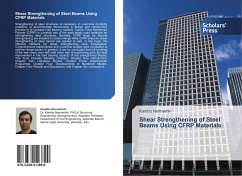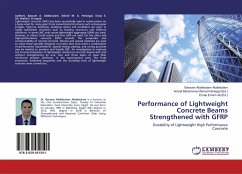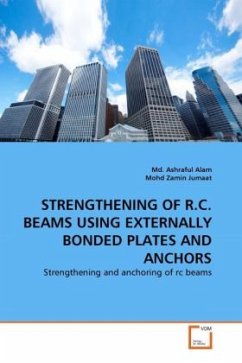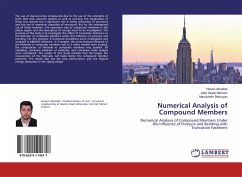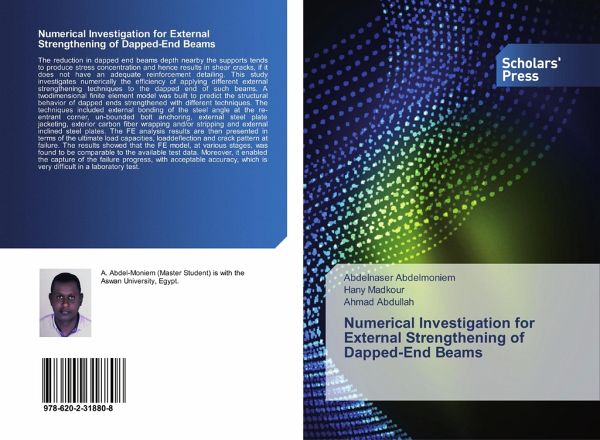
Numerical Investigation for External Strengthening of Dapped-End Beams
Versandkostenfrei!
Versandfertig in 6-10 Tagen
30,99 €
inkl. MwSt.

PAYBACK Punkte
15 °P sammeln!
The reduction in dapped end beams depth nearby the supports tends to produce stress concentration and hence results in shear cracks, if it does not have an adequate reinforcement detailing. This study investigates numerically the efficiency of applying different external strengthening techniques to the dapped end of such beams. A twodimensional finite element model was built to predict the structural behavior of dapped ends strengthened with different techniques. The techniques included external bonding of the steel angle at the re-entrant corner, un-bounded bolt anchoring, external steel plat...
The reduction in dapped end beams depth nearby the supports tends to produce stress concentration and hence results in shear cracks, if it does not have an adequate reinforcement detailing. This study investigates numerically the efficiency of applying different external strengthening techniques to the dapped end of such beams. A twodimensional finite element model was built to predict the structural behavior of dapped ends strengthened with different techniques. The techniques included external bonding of the steel angle at the re-entrant corner, un-bounded bolt anchoring, external steel plate jacketing, exterior carbon fiber wrapping and/or stripping and external inclined steel plates. The FE analysis results are then presented in terms of the ultimate load capacities, loaddeflection and crack pattern at failure. The results showed that the FE model, at various stages, was found to be comparable to the available test data. Moreover, it enabled the capture of the failure progress, with acceptable accuracy, which is very difficult in a laboratory test.




